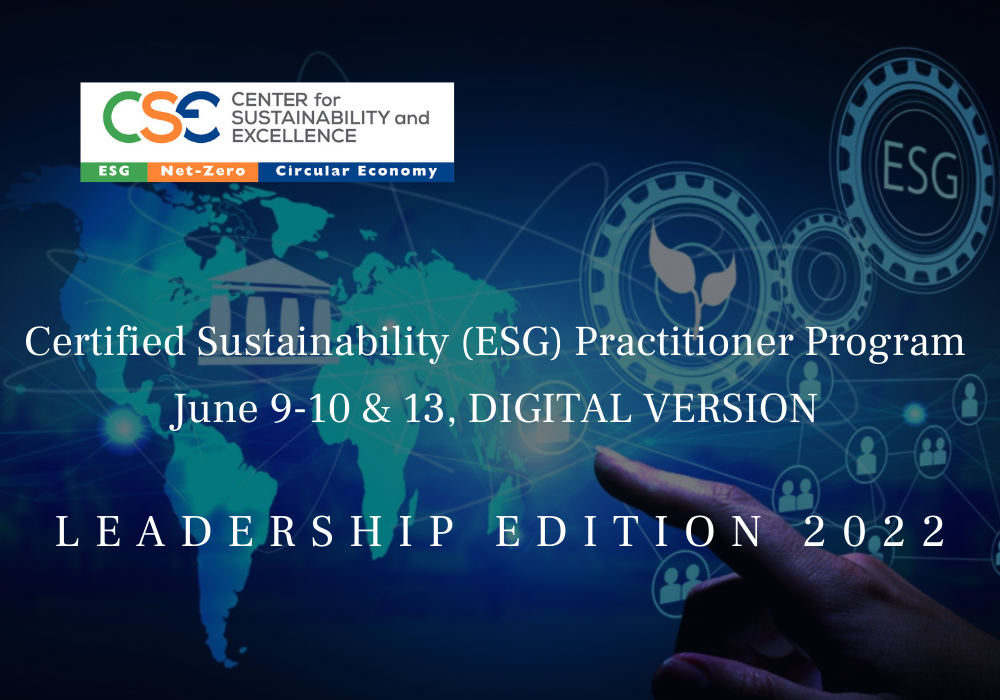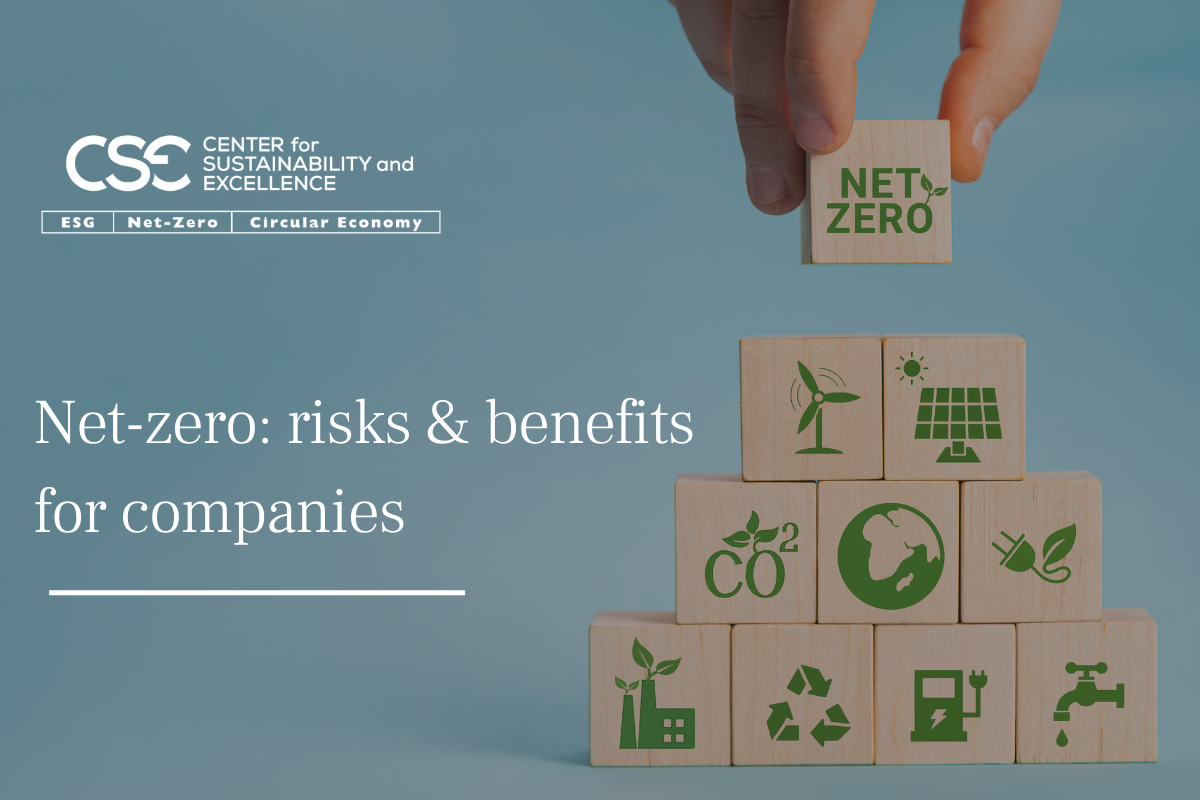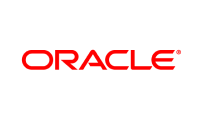Corporate net-zero pledges are gaining momentum, but limitations in net-zero’s design and implementation reduce impact and jeopardize progress.
The transition of businesses to net-zero carbon emissions has been stressing managers globally. They realize the different scenarios that need to be evaluated and carefully examined while taking that road.
Published: May 9, 2022 By CSE research team

Business leaders have shifted their interest to focus on a bigger agenda. That includes operating different models of going net zero. However, during this little time available they must acknowledge the risks. These are evident during designing the initiatives and should weigh the costs that come from technical, economic, and societal fronts.
Net zero is a tool that can reach the goal of climate stability. It can also create a beneficial environment for companies and stakeholders in terms of returns, with fewer climate risks. Nonetheless, there are significant constraints to consider during the process.
What are some of the most common threats of net-zero?
Lack of Uniformity: The plethora of reporting standards and implementations of net-zero, often cause misunderstanding when it comes to interpretation of activities. That means that pledges do not always target the total set of activities as net-zero. That also causes delays in substantial change for some industries.
Decarbonization delay: Some companies declare carbon offsetting, but they fail to raise the bar of working more implicitly and harder to cut their carbon emissions.
Instability: Once some offsetting schemes such as deforestation, are adopted, they require right maintenance long after that action. That is how that impact can be valued. However, if those trees are destroyed due to neglect, wildfires, they can turn back to emissions.
Inflation: Pressures of changing prices in energy, are likely to rise due to a prevalent supply of fossil fuels for energy production. At this point, carbon taxes will play an essential role in discouraging high-carbon energy sources. Additionally, they will shape a behavioral change towards net-zero. Scheduled offsets might be under financial risk, making pledges unaccomplished.
Misconception of climate sustainability: There is misinterpretation that we can tackle climate change if we focus exclusively on carbon reduction using terms such as carbon zero and carbon neutral. This can create an uncertainty over the actual scale of net-zero pledges. We should acknowledge all activities such as those that lead to species extinction or nature deprivation without undermining any carbon offset.
Main scopes to explore
Despite the turbulent status-quo towards the path to net-zero transition, there are also critical scopes that businesses can identify. As they cooperate with governments, they can be better prepared. In U.S. only, clean energy economy has absorbed an astonishing number of 3 million workers by creating almost half of new jobs in the energy sector. As we move into a new kind of industrial revolution, businesses can commit in becoming innovative and invest in net-zero technologies while also support consumer behavior change to demolish carbon-intensive products and services.
Upcoming C-suite ESG Training

What is necessary while taking these steps is to ensure that a well-educated human workforce is properly equipped with the right skills to grasp these opportunities. This June, CSE holds online live sessions of the Certified Sustainability (ESG) Practitioner Program-Leadership Edition 2022 and among other important tools it offers best practices for corporate net-zero plans. For more information and discounts please contact [email protected]







